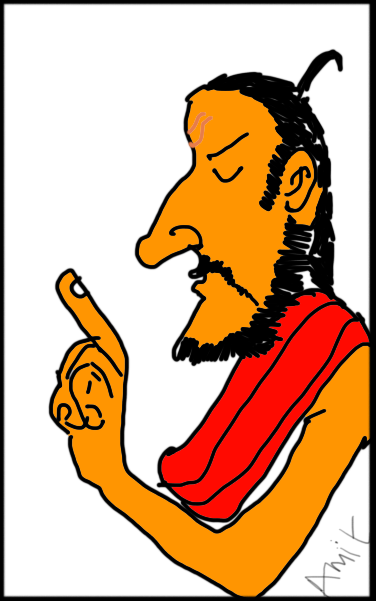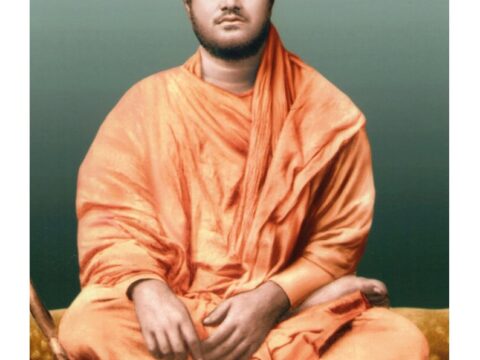Whenever anybody says “X” is the only way or “Y” is the only path, that should immediately raise suspicions. So, the matter deserves a closer look.
In the whole of the Vedanta philosophy, there is no such directive saying that one or the other is the only way to God or salvation . It is also worth noting here that the Vedanta is not in the business of giving directives. It simply illuminates the one essential and universal truth. What one does with the truth is entirely one’s own business.
It might be useful to see what Swami Vivekananda had to say on the subject. As always, he had a way of looking at the practical aspect of any issue – here are his key principles that he consistently spoke about:
- Become strong first physically, because one cannot progress on the path of spiritualism with a weak or diseased body
- Then become strong mentally, by training your mind through meditation, yoga
- He was a nationalist, so he wanted to help the poor, down trodden millions of Indians
- However, because the Vedanta is essentially universal, he said it was applicable for anybody. Anybody, anywhere, regardless of faith, ethnicity or status, can follow the path of Vedanta
- What is the goal of human life. To realise that he or she is not this body. To understand their true nature, Sat Chit Ananda
- How? Realisation can come through many means – yoga, meditation, bhakti and gyana
- Bhakti is the easiest and gyana , the hardest
- Liberation through gyana is hard, because, even if one understands intellectually, without practice, there is no true realisation
“The Hindu religion does not consist in struggles and attempts to believe a certain doctrine or dogma, but in realising — not in believing, but in being and becoming .” ( Complete Works of Swami Vivekananda, Paper on Hinduism, Vol 1)
Therefore, in this age of Kali (Kaliyuga), the only practical means of achieving realisation on a mass scale is through bhakti yoga.





